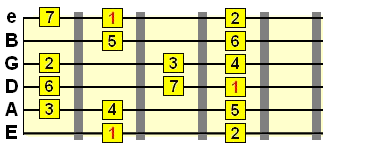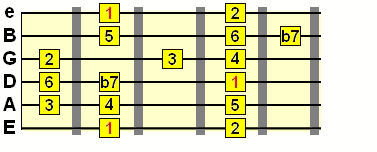The symbol # is known variously in English-speaking regions as the number sign,[1] hash,[2] or pound sign.[3] The symbol has historically been used for a wide range of purposes including the designation of an ordinal number and as a ligatured abbreviation for pounds avoirdupois – having been derived from the now-rare ℔.[4]
Since 2007, widespread usage of the symbol to introduce metadata tags on social media platforms has led to such tags being known as "hashtags",[5] and from that, the symbol itself is sometimes called a hashtag.[6]
The symbol is distinguished from similar symbols by its combination of level horizontal strokes and right-tilting vertical strokes.
Hash, hash mark, hashmark
In the United Kingdom,[26] Australia,[27] and some other countries,[citation needed] it is generally called a "hash" (probably from "hatch", referring to cross-hatching[28]).
Programmers also use this term; for instance #! is "hash, bang" or "shebang".
----
Hatching (French: hachure) is an artistic technique used to create tonal or shading effects by drawing (or painting or scribing) closely spaced parallel lines. When lines are placed at an angle to one another, it is called cross-hatching. Hatching is also sometimes used to encode colours in monochromatic representations of colour images, particularly in heraldry.
----
In guitar chords, a hash symbol (#) represents a sharp, which raises the pitch of a note by one half-step:
Sharps and flats are symbols used to indicate that a note should be played a half-step higher or lower, respectively. They are placed to the left of a note head. The proper symbol for a sharp is ♯, but the standard # hash is commonly used. The symbol for a flat is ♭, which looks like a lowercase B.
Sharps and flats are created by widening or narrowing intervals from their original major scale positions. The notes B and C, and E and F, are the only cases where there aren't flats or sharps that can be attached to notes.
Sharps and Flats on Guitar Explained
This lesson will help you understand what sharps (♯) and flats (♭) are in music, where they come from and how they appear on guitar.
You've probably heard the terms "sharp" and "flat" being used by musicians, but perhaps aren't quite sure what they mean.
Knowing this stuff will come in handy when you start studying the fretboard in more detail.
Sharps and flats in guitar scales
The best way to understand the role of sharps and flats in music theory is to observe how they appear in relation to scales - a sequence of intervals relative to a root (1) note.
Take a look at the scale pattern below...

Intervals: 1 2 3 4 5 6 7
This scale is known as the major scale. Now, there's a separate lesson on this scale, but we're going to reference it in this lesson because of how fundamental this scale is to music theory.
The major scale can be seen as a scale with no sharp or flat intervals - simply 1 2 3 4 5 6 7. The major scale, therefore, is our starting point, our foundation for creating any other scale as well as being a scale in its own right (and used a lot in music).
In other words, we widen or narrow intervals from their original major scale positions to create new scales. The movement of these intervals creates sharps (♯) and flats (♭) (note: I'm lazy so I tend to just type a b for flat, but the actual symbol is a more stylised ♭. Also, it's common to use a standard # hash for sharp, but the proper symbol is ♯).
An example...
Let's say we moved the 7th tone of the major scale down one fret position. In music theory, that's known as a flat 7th or minor 7th (♭7). We've flattened/lowered the 7th by one semitone/half step, giving us a new, flat 7th scale...

https://www.fretjam.com/sharps-flats-guitar.html


0 comments:
Post a Comment